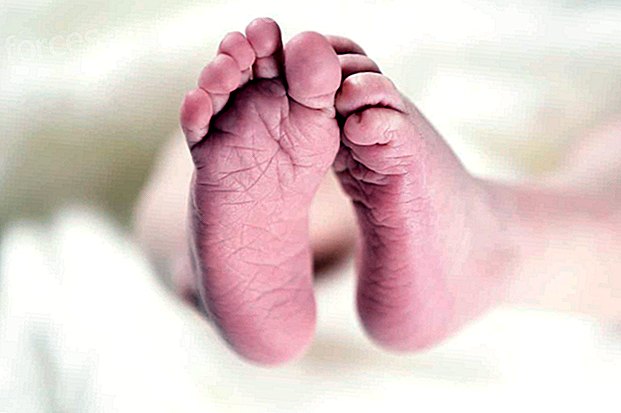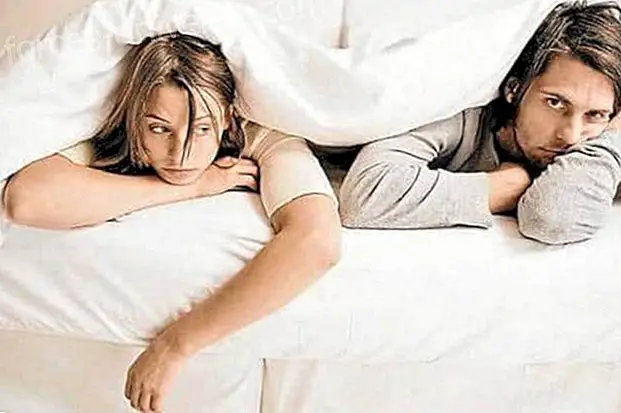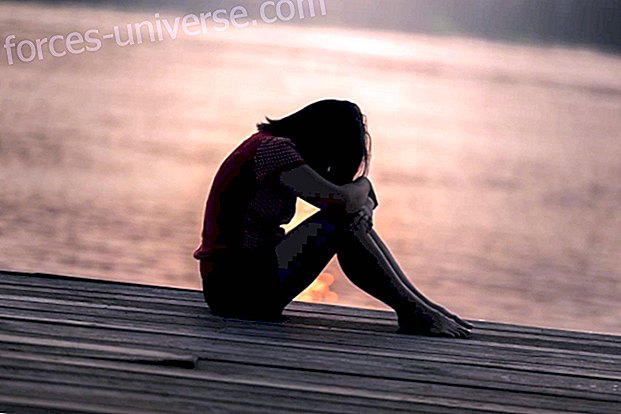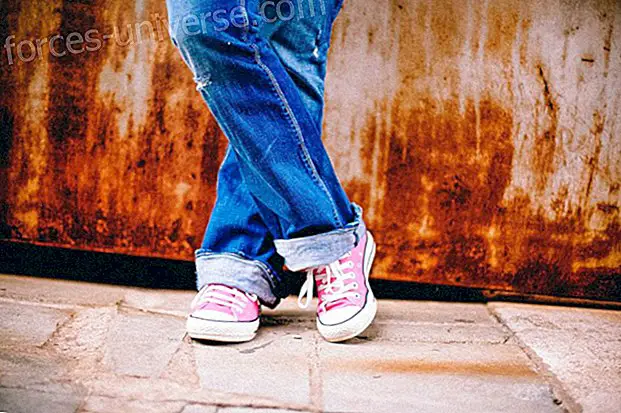Foot Reflexology: A relaxing and helpful way to take care of our organs with massages
- 2018

"Happiness lies, first of all, in health."
- George William Curtis
We have all felt that our feet kill us after a long day at work . And when we have tired feet, we translate it into a global physical fatigue.
For those of us who have had the fortune to experience it on occasion, there is nothing better for that moment like a good foot massage .
Many times, we neglect the health of our limb farthest from the body, but the truth is that there are a lot of nerve endings on the foot. In addition, our feet are a map where we have direct information of all our organs . Thus, the foot is a reflection of the state of our entire body. For this reason, foot reflexology is making its way more and more as an attractive discipline for all, and a complementary alternative for our treatment.
Let's talk, then, about foot reflexology, a bit of its origins, its benefits and, how could it be otherwise, we will present some practical exercises for you to use at home when you feel that your feet need a bit of Attention.
What is Foot Reflexology
Reflexology is born from allopathic medicine, which held that in the primary stages of embryo formation, a connection between various internal organs and some areas of our skin can be noticed. Therefore, there is a property known as a reflex zone, which means that certain areas of our body are the reflection (and therefore the representation ) of another part of it. Thus, foot reflexology, using knowledge of the relationships between skin, muscles and organs, is prepared to treat internal problems acting from the outside.
While it is clear that there are many reflex areas of the body, the foot area is the favorite for its size, which makes it fully accessible to the treatment; and the sensitivity we have in the surrounding skin.
Our feet are composed of more than twenty bones, one hundred ligaments, about twenty muscles that are in contact with nerves and blood vessels. And it has been shown that it can identify diseases such as arthritis, diabetes and a variety of heart conditions.
However, foot reflexology is not necessarily something new.

History of foot reflexology
Perhaps one of the cultures that has been most interested in the well-being of our body is the Chinese civilization . In fact, they have a long way to go when it comes to the application of body massages. About four thousand years ago, it was noted that when a massage was applied, it in turn influenced the general well-being of the person . In this way, internal organs of the body were affected by massages that were carried out even in an area not very close. Those are the first steps that would lead us to current foot reflexology.
In the American continent, the original settlers were treated for their ailments with body massages that healers and shamans taught. In Europe, the Italian sculptor Benvenuto Cellini (1500 - 1571) treated his tireless intense pain with pressure applied to the toes, as documented in a report.
However, it was not until the nineteenth century that foot reflexology began to be studied and based on scientific foundations.
The Russian psychologist Iv n P vlov together with his assistant Alexei Speranski discovered that the nervous system participates in the development of diseases, and explained the reflex mechanism. Then he would be a Nobel Prize winner in 1904.
Ten years later, the American doctor William Fitzgerald discovered that he could perform nose and throat operations by replacing anesthesia with pressure exerted on different areas of the body . He was in charge of developing the theory of The Ten Energy Lines, which would allow us to establish the location of the representations of the different organs on our feet.
Foot reflexology: Locating the organs on our feet
In this way, we can divide three different zones on our feet.
The first transverse line crosses our foot through the articulation of the first phalanx, that is, the base of our fingers. This line corresponds to the line of the shoulders, and to the organs of the neck and head. Here we will find the area to treat problems in the nose and throat.
The second transverse line, crosses it by almost half, and corresponds to the area that goes from our shoulders to our diaphragm. Understand in this way the organs of the thorax, the upper part of our abdomen and our arms to the elbow.
Finally, the third transverse line crosses the ankle joint diagonally to our heel. This area corresponds to the area comprised by the abdomen and the base of the pelvis.
Eunice Ingham, a North American masseuse, developed different techniques to be applied in the different reflex zones of the foot based on this theory, and in that way an application is given Even more accurate of foot reflexology.
Benefits of Foot Reflexology
That way, you can relieve the ailments of different parts of the body by focusing on a reflexology job . Keep in mind that it is on our feet where almost all the pressure of our body weight is exerted throughout the day. Although we must admit that the most benefited by this discipline is the nervous system .
We know that the main effect is to treat the different organs for proper functioning, but also the relaxing effect of this practice helps you reduce the impact that stress has on your day to day. The immune system is also boosted and that way the body is more prepared to heal itself.
In addition, foot reflexology acts as a stimulant for blood circulation and therefore promotes the elimination of toxins from the body. We know that it can help us reduce pain, and that by decreasing the level of stress, it has a positive impact on our mood and creativity.

Exercises to perform at home
A highly recommended practice before starting is to rest your feet for a period of ten minutes in warm salt water . That way, our feet will begin to stimulate. Before continuing with the massage it is important to dry them well.
Once ready, we can begin our foot reflexology with a light contact, such as stroking our feet from the ankle to the fingers and little by little, we are applying more pressure. After performing this action for a few minutes, you can continue to make circles on the soles of your feet, pressing with your thumb.
It is also recommended that you gently turn each foot to the left and then to the right, preferably no more than four times .
Finally, you can apply pressure with the palm of your hand on your feet, starting at the tip of each finger, to the base of it. You must start with the big toe and then move on to others.
You can use oil for foot reflexology if you wish, but remember to clean and dry your feet well after finishing the massage.
You will be surprised how good you can feel after this little attention.
And how fantastic it is to end the day.
AUTHOR: Lucas, editor of the great family of HermandadBlanca.org
SOURCES:
- https://www.efisioterapia.net/articulos/reflexologia-podal-un-enfoque-la-fisioterapia
- https://www.deustosalud.com/blog/terapias-naturales/que-es-reflexologia-podal-que-beneficios-tiene
- https://masajeadorde.com/masaje-casero/de-pies/
- https://reflexologiapodal.review/tecnicas-de-reflexologia-podal-paso-paso/






